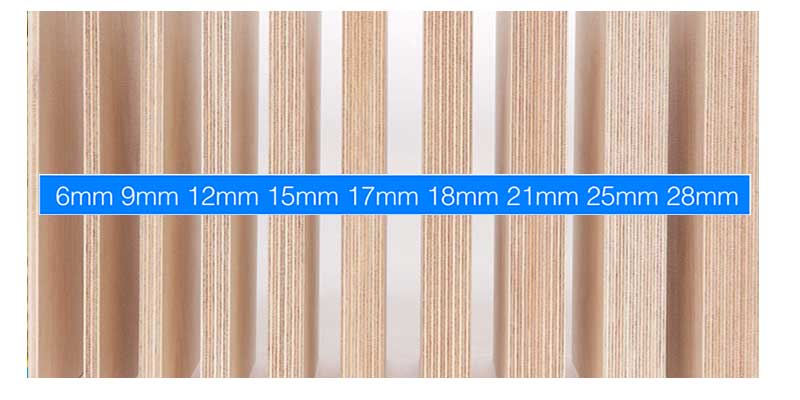All information within the following “Emissions” section is gathered from EWPAA: Technical Note, Formaldehyde Emissions from Plywood and Laminated Veneer Lumber.
This section refers to on-going industry wide testing of formaldehyde emissions from EWPAA branded products, summarising the survey completed by the EWPAA that emissions from Type A Bonded products, with phenolic adhesives, represent over 90% of EWPAA production which have effectively zero emissions.
Formaldehyde
Formaldehyde is a colourless, strong smelling gas that occurs naturally within the environment and is emitted by processes such as decay, combustion and naturally by all timber species.
Formaldehyde Emissions
Plywood is manufactured to two basic adhesive types: Phenol Formaldehyde (PF) and amino plastic, which includes Melamine Urea Formaldehyde (MUF) and Urea Formaldehyde (UF).
There are vast differences in the chemistry between the two types of adhesives. With PF bonded products, after any low level residual formaldehyde from the manufacturing process has dissipated within a few days, they do not emit formaldehyde.
PF adhesive, being identifiable by its black colour, is called Type A under the Australian and New Zealand ply standards as is used in the manufacture of structural plywood, marine plywood exterior (Type A) products.
In both Europe and the United States, products that are bonded with PF adhesives are classified as non-emitting and are exempt from formaldehyde emission regulations.
Amino plastic bonded products tend to have higher residual free formaldehyde levels and can emit low levels of formaldehyde.
Technical Note Conclusion
Formaldehyde emissions from EWPAA certified products are well below acceptable exposure limits specified by Workplace Australia and do not constitute a health risk.
The formaldehyde emission classes in the Australian/ New Zealand Standards are details in the below table. Products labelled with emission classes E0 and E1 have extremely low formaldehyde emissions.
Emission Class Formaldehyde Emission Limit (mg/l) Formaldehyde Emission Limit (ppm)*
Super E0 Less than or equal to 0.3 Less than or equal to 0.024
E0 Less than or equal to 0.5 Less than or equal to 0.04
E1 Less than or equal to 1.0 Less than or equal to 0.08
Post time: Oct-19-2021

